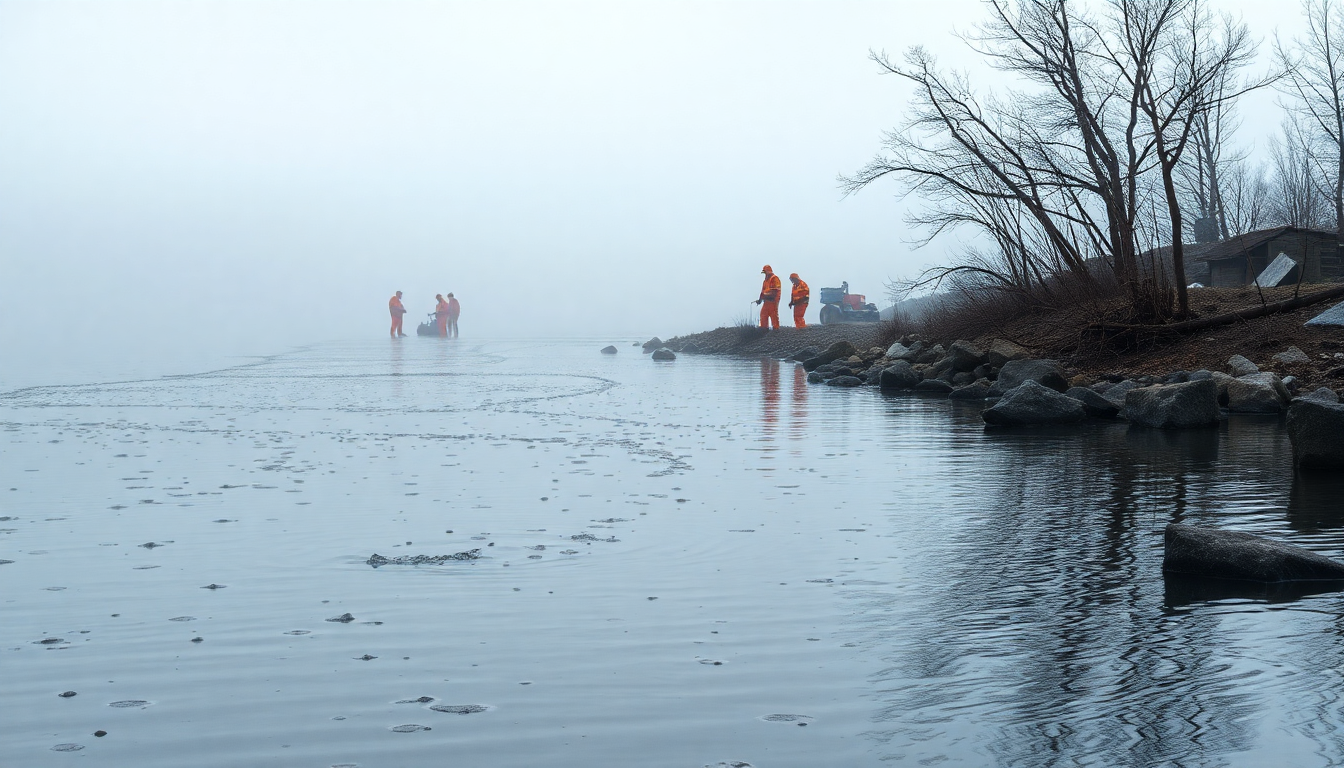Table of Contents
The recent helicopter crash in Quebec has sent shockwaves through the medical transport community, especially with the heartbreaking discovery of three bodies in Lake Watshishou. As search and rescue operations wrapped up late Wednesday night, the confirmed identities of the deceased—two crew members from Montreal-based Airmedic and a patient—have deeply affected their colleagues and families.
This tragedy serves as a poignant reminder of the inherent risks faced by those in the medical transport field.
What Happened During the Crash?
Last Friday, the Airmedic helicopter was involved in a critical medical transport when it tragically went down.
After the crash, rescue crews sprang into action, leading to the fortunate discovery of a lone survivor—a male crew member who escaped with non-life-threatening injuries. However, the search for the three individuals who were still missing quickly became a somber focus for local authorities and Airmedic’s team.
As hours turned into days, the unwavering dedication of the search teams was evident. Then, late Wednesday night, a breakthrough occurred: divers from the Quebec provincial police located the bodies in Lake Watshishou, roughly 1,000 kilometers northeast of Montreal.
Airmedic’s statement at around 10 p.m. reflected the heavy emotional toll on their team, marking the beginning of a period of remembrance.
Airmedic’s Response and Community Impact
Airmedic expressed their profound sorrow in an official statement, highlighting the commitment and passion that defined the lives of the lost crew members.
They acknowledged the courageous spirit of those who perished, emphasizing that their dedication to rescue operations embodied the essence of their profession. As they grapple with this tragedy, Airmedic is determined to honor the memories of their colleagues and recognize the sacrifices made in the line of duty.
In the aftermath of this heartbreaking event, the Transportation Safety Board of Canada has launched an investigation to determine the crash’s causes. This inquiry aims to uncover the factors leading to the incident, with the hope that it can help prevent similar tragedies in the future. The coroner’s office is also involved, planning to release the identities of the victims once their families give consent, adding another layer of sensitivity to this already delicate situation.
What Does This Mean for Medical Transport Operations?
This tragic incident not only impacts the immediate community but also raises crucial questions about safety protocols within the medical transport sector. With aerial transport becoming increasingly vital for critical medical cases, ensuring the safety of both crew and patients must remain a top priority. What lessons can we learn from this event that could lead to better regulations and safety measures in the future?
The loss of these three individuals serves as a stark reminder of the risks associated with medical transport. As the investigation unfolds, stakeholders within the industry and the broader community will be looking for answers, hoping to gain insights that could prevent future accidents. Meanwhile, the emotional scars left by this incident will linger, as Airmedic and the families of the victims navigate their grief and remember the lives lost in their noble pursuit of saving others.





